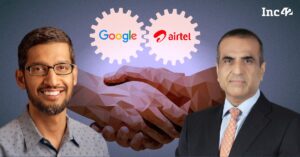Raquel Urtasun, scientist, founder and CEO of autonomous vehicle technology company Waabi, launched her company in June 2021, a time when it seemed like the AV industry was consolidating.
Urtasun and her team of 40 in Toronto and California came out the gate swinging with an $83.5 million raise from a series of high-profile investors, including Uber, Aurora and Khosla Ventures.
Waabi uses an AI-first approach to commercialize autonomous freight faster and more efficiently than its competitors, Urtasun told TC. As a professor in the Department of Computer Science at the University of Toronto, a co-founder of the Vector Institute for AI, and former chief scientist at Uber ATG, the self-driving unit Uber sold to Aurora, she has acquired some insights into both the industry and the science backing it up. After all, despite consolidation and gains from a few major players, no one had really figured it out yet.
So what does an AI-first approach really look like?
In February 2022, Waabi launched Waabi World, a high-fidelity closed-loop simulator that doesn’t just virtually test Waabi’s self-driving software, but can also teach it how to drive. Waabi World automatically builds digital twins of the world from data, performing near-real-time sensor simulation, manufacturing scenarios to stress-test the Waabi Driver, and teaching the driver to learn from its mistakes without human intervention. This, Urtasun said, saves countless hours of human labor to train the Waabi Driver both in simulation and on the roads.
The entirety of Waabi World is powered by AI in a way that other companies’ simulators aren’t because it relies more heavily on deep neural nets, AI algorithms that allow the computer to learn by using a series of connected networks to identify patterns in data. Historically, developers haven’t been able to figure out the how and why behind an AI’s decision-making when using deep neural nets, which is very important when putting self-driving vehicles on public roads, so they’ve fallen back on machine learning and rules-based algorithms to tie into a broader system.
Urtasun said she’s found a way to solve the problem of the “black box” effect behind deep neural nets by combining them with probabilistic inference and complex optimization. The result? The developer can trace back the decision process of the AI system and incorporate prior knowledge so they don’t have to teach the AI system everything from the beginning again.
We sat down with Urtasun to discuss the pros and cons of starting a business after working for a larger company, the surprises of being a founder and why freight will be the first AV industry to commercialize at scale.
The following interview, part of an ongoing series with founders who are building transportation companies, has been edited for length and clarity.
After working for Uber and being an academic, what are your takeaways about what it’s like being a first-time founder?
When I decided to start Waabi, I didn’t necessarily know what being a founder meant. I’ve been working in industry and in this field and whatnot, but as a founder, you need to wear so many hats and there is so much going on. I didn’t expect that. And Waabi now is very different from what it was to start with, so there’s something that surprised me.
But it’s been an incredible ride. I have to say there is nothing like building what you really believe in with a team that you love to work with. There is nothing that can’t be done.
You’re wearing many hats now, but how was it working under someone at Uber and not being in control of the whole show, in comparison?
I was part of the executive team at Uber, so I had a lot of impact and, you know, a lot of say in many things. But it’s different when you’re building — and this is not just Uber, this is in general. If you are in a large company with 1,000-plus people who are going in one direction, even if you all agree that you need to steer to something else, it is so difficult and slow to actually do this process.
From that point of view, being in a startup, which is much more dynamic, is very exciting, but it’s not Uber versus not Uber. I think any big company would be similar. But I had a great time at Uber. I learned so many things and really discovered what it meant to really be part of a big problem, and really prepared me really well for what I’m doing today.

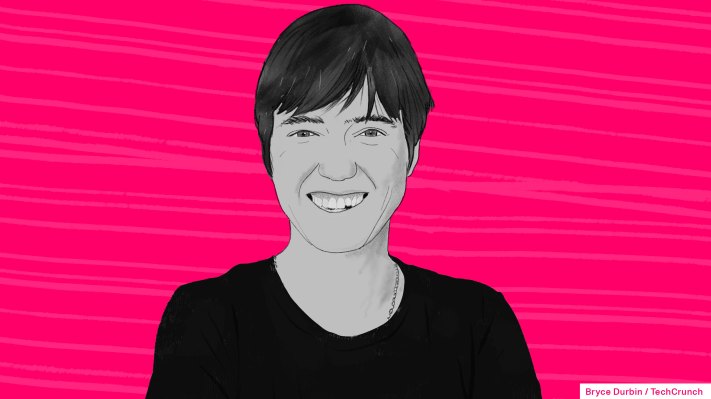
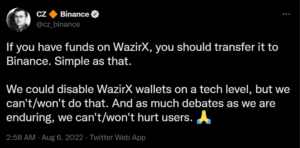
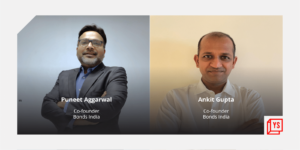

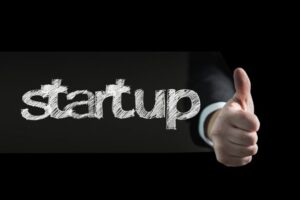


![Read more about the article [Funding alert] Social music app Humit raises pre-seed round led by Antler India](https://blog.digitalsevaa.com/wp-content/uploads/2021/06/Humit-coreteam-1624890334479-300x150.png)
